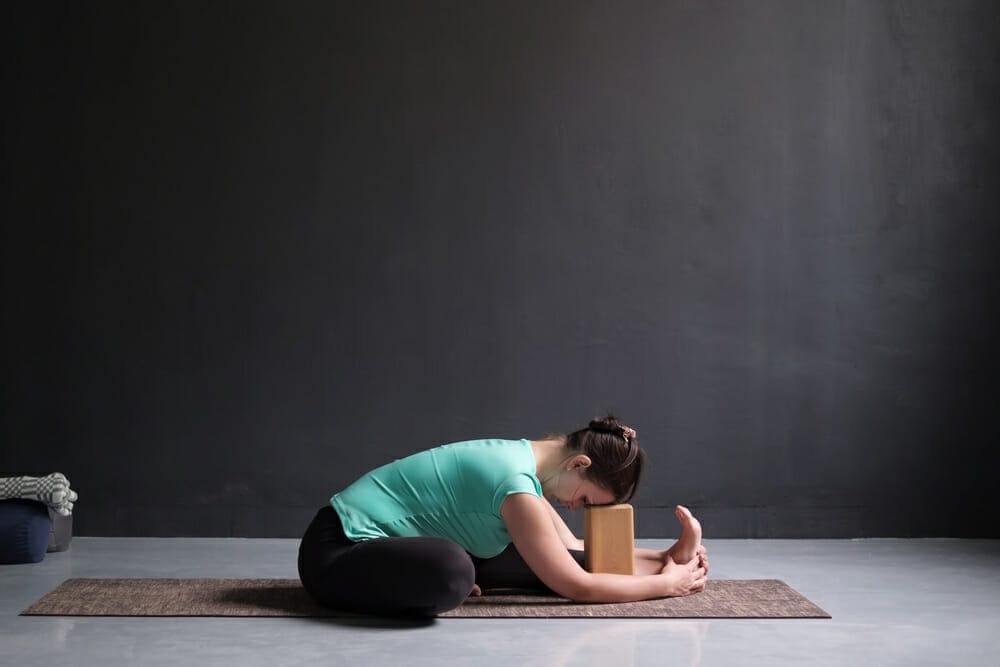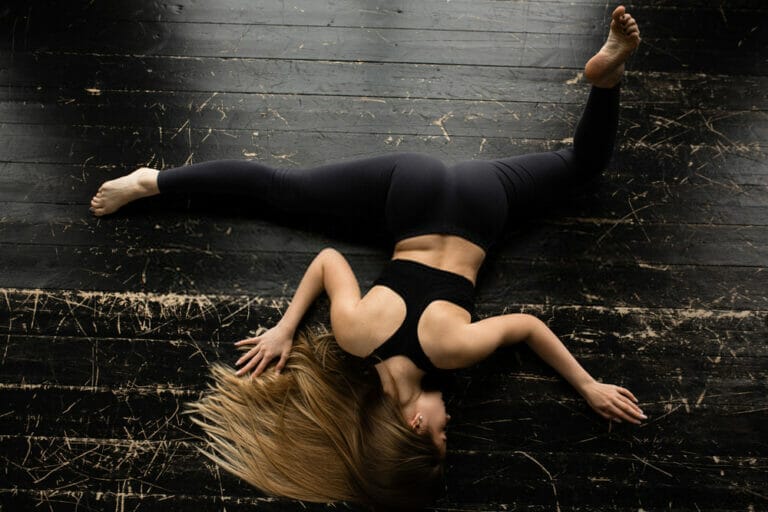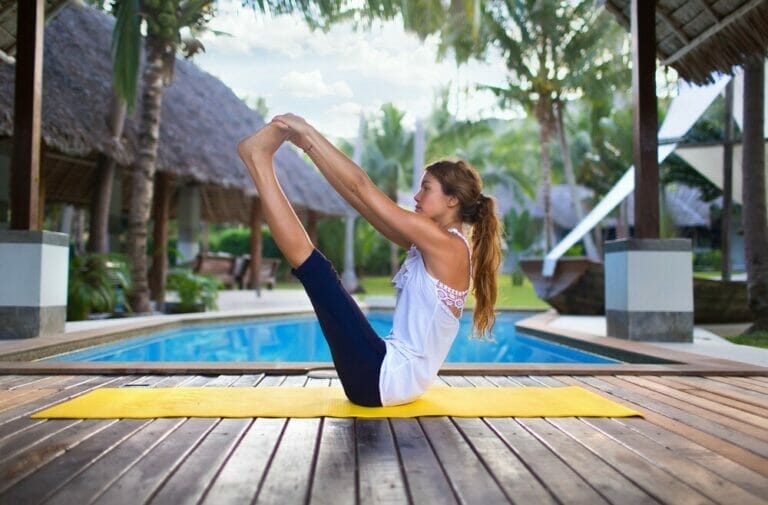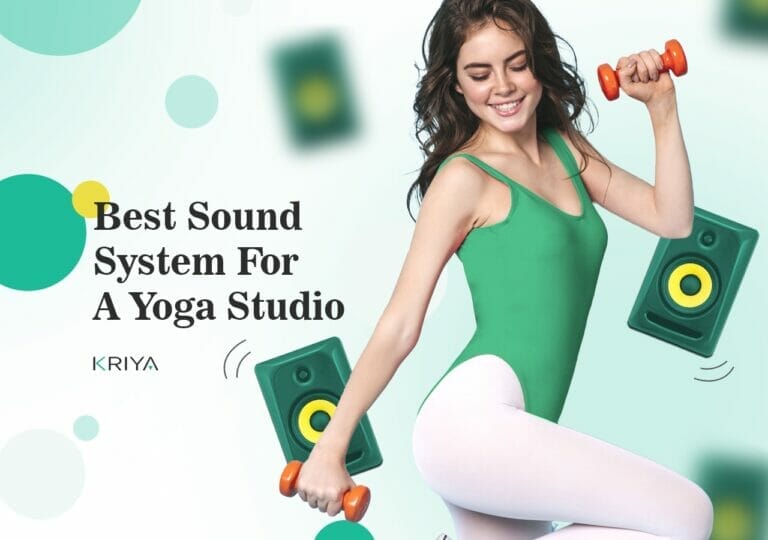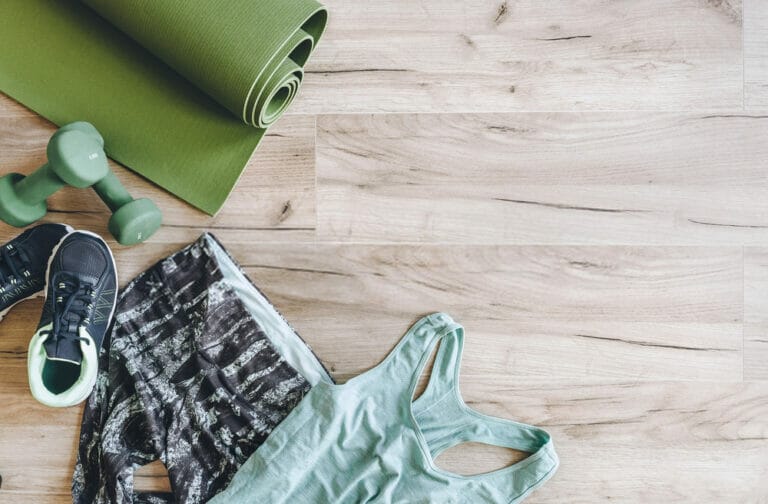Yin Yoga
Some people think it is not easy to do yoga, but that is not true. It is effortless, and anyone can do it; only it takes practice and determination to achieve good results.
There are many styles to choose from for people who like to do yoga. Many people, however, tend to go for the ones that are challenging.
Hot and sweaty classes are popular in smaller towns and cities, but people in larger cities tend to want something a little different.
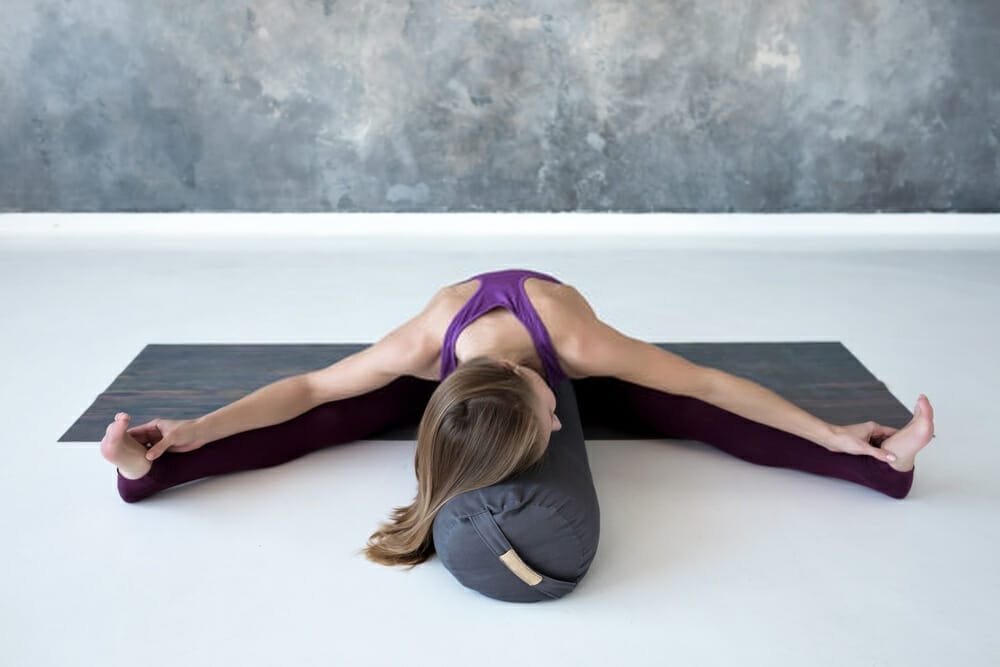
They want a style of yoga that does not leave them drenched with sweat but still gets them where they need to be.
This style is called Yin Yoga, and it works in an entirely different way than everything else. So what exactly is Yin Yoga?
In this article, we will be discussing the philosophy behind this style, its history, what it does and what people can expect from it.
We will also discuss the differences between Yin Yoga and regular yoga and the benefits of those interested. Finally, we will touch on a bit about Yin Yoga and how you can participate in it.
What Is Yin Yoga?
Yin yoga is a style that is somewhat like regular yoga but with a few unique characteristics that make it entirely different. Yin Yoga is not like any other yoga out there.
It is less active and more passive, with poses held for more extended periods - up to 10 minutes or even more in some cases.
It’s all about the deeper stretches and the release of tension in muscles, connective tissues, joints, and ligaments.
Yin Yoga adheres to the principles of Taoism (such as feminine energy). By focusing on the breath, our breath becomes the primary focus rather than movement.
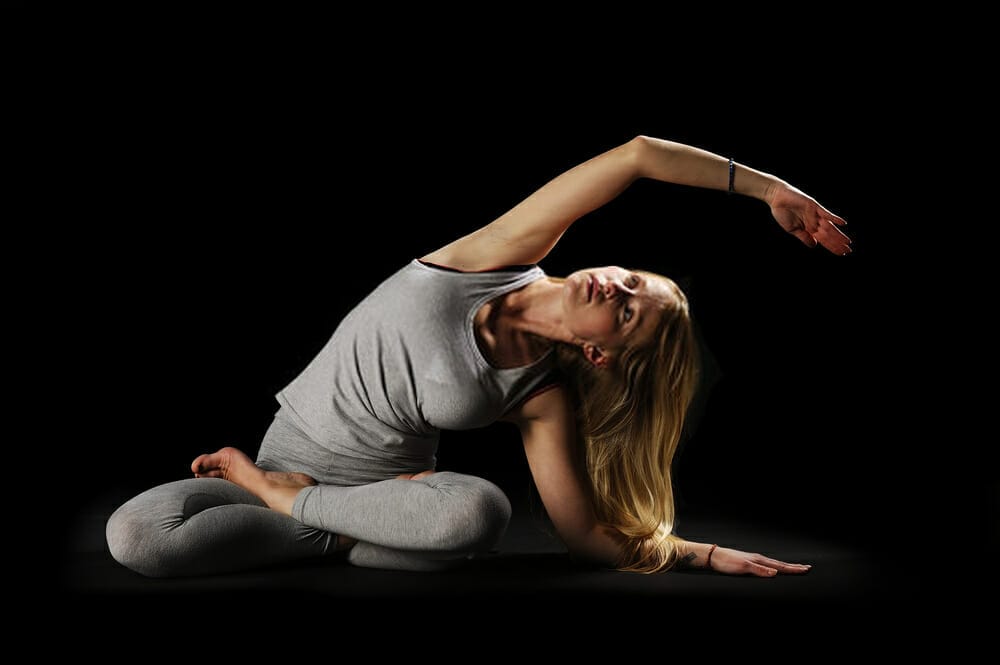
Yin Yoga is an alignment practice that helps promote the gradual positioning of joints to help force fluid and connection in our central nervous system. It is also a soothing practice that promotes calm in our bodies.
Yin Yoga is slower than other forms of yoga, and it requires less movement. As a result, it's quieter and more meditative, allowing you to focus and tune into both your mind and your physical feelings.
Because you hold poses for more extended periods than in other traditional kinds of yoga, yin yoga stretches and lengthens those rarely-used tissues while also teaching you how to breathe through discomfort and sit with your thoughts.
The idea isn’t to move quickly through postures—postures can be held for three to five minutes, or even up to 20 minutes at a period. Instead, a yin practitioner is attempting to reach deeper tissues, and many of the postures focus on places that include a joint.
Our joints and other muscular tissues need to work on, so it’s best to hold them longer to open them up and stretch the tissues.
What Are The Principles Of Yin Yoga?
The principles that make up Yin Yoga are not unlike the ones of many other styles of yoga, but some things make it stand out.
Yin yoga is based on the Taoist concept of Yin and yang, which are opposed and complementary natural principles.
Yin represents the stable, motionless, concealed element of things, whereas yang represents the dynamic, moving, revealing aspect.
The body's comparatively rigid connective tissues (tendons, ligaments, fascia) are Yin, while the more dynamic and malleable muscles and blood are yang.
It affects the Yin tissues, commonly known as connective tissues. A modest, consistent load is optimal for connective tissue.
If you gently stretch your connective tissue by holding a yin position for an extended period, the body will respond by making them longer and more robust – just what you want.
Remember that the goal of the workout is to stress the tissue so that the body may respond by strengthening it.
According to Chinese medicine, Yin yoga intends to promote the flow of qi (or chi), the subtle energy that travels through the body's meridian channels.
It is thought that human connective tissue creates these meridians and that enhanced qi flow enhances organ health, immunity, and emotional well-being.
Yin yoga poses share many classic alignment principles with other forms of yoga. They are static, asymmetrical poses that involve a combination of stretching and twisting.
While some yin exercises involve rocked or bent-knee positions, most traditional yin yoga poses apply slow, passive movements that primarily stretch connective tissue rather than the muscles or limbs.
Principles of yin yoga
- Choose an appropriate edge: Slowly and carefully enter the posture, looking for an adequate degree of intensity; never stretch so far that you feel pain.
- Stillness: intentionally try to relax into the pose and remain motionless without moving your body.
- Hold the position for 1-3 minutes at a time, eventually increasing to 5 minutes or more.
- Exit the stance softly and gently.
History of Yin Yoga
When trying to trace the origins of Yin Yoga, it is a bit more complex than with most other yoga forms. There are different periods when practices vary considerably, and there are also sub-styles that evolve along with some of the main styles.
Therefore, it can make it a little hard to tell where exactly things started. However, some historians and yogis have analyzed where we can find the origins of Yin Yoga.
Yin Yoga came into existence in 1998 when Paul Grilley returned to North America after studying in China for four years. He started teaching the techniques that he had learned there to his students, looking for a calmer style of yoga.
After Grilley coined the term, others started describing their teaching methods. The practice, however, has much deeper roots than this. The practice of Yin Yoga is said to have originated from Taoist, Buddhist, and ancient Indian traditions.
One of the oldest written records of the practice was in the Taoist book Lie Chi (also known as The Secret Of The Golden Flower).
This book mentions several times that to achieve longevity, one must practice Yin or soft yoga and meditate. Historical texts in India also point to a yin style of yoga dating back at least 2,500 years.
For example, the text Yoga Vasishta, written in 400 B.C., mentions yin yoga principles and breathing slowly and retaining a soft and bent body posture.
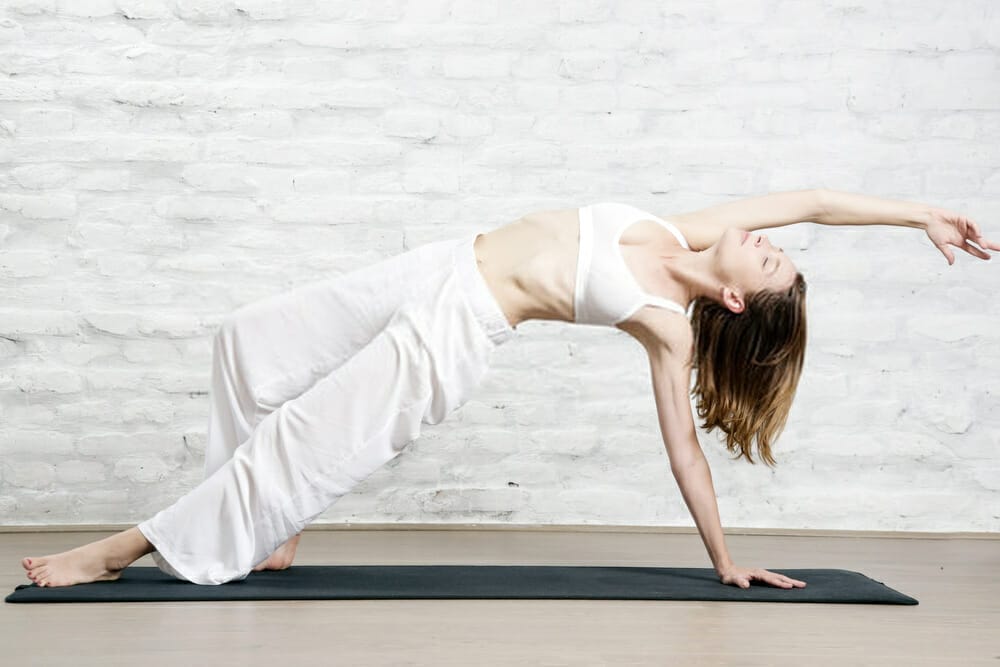
In his book Yin Yoga, Grilley stated: “There is enough evidence from the earliest times that poses can help to stretch (Yin) the connective tissues that hold us together, such as tendons, ligaments, and fascia.
From this point, it seems that different cultures have all combined Yin and yang, developed various techniques, and given a different name to each one.
For example, there is Yin Yoga in China but also practices called Tao Yin, Slow Yoga, Taoist Yoga and Great Compassion.” Paul Grilley is considered the father of Yin Yoga and modernized this practice. He was born in 1963 and grew up in California. He travelled from Tibet to China, where he spent time with Taoists.
He eventually arrived in China, where he stayed for four years to study with Taoist teachers. In his early 20’s, Paul Grilley started teaching yoga around the globe while living in India, Nepal, Europe and Australia.
After returning to America from China, Paul created the Yin Yoga technique and studied anatomy. He combined his training with the Taoist tradition from China.
He applied principles from modern Western Anatomy to develop a style of yoga that Western teachers could teach to people of all ages and levels of ability.
Paulie Zink, a renowned yoga teacher, has also come up with his style of Yin Yoga. Zink started practising yoga in the 1970s. He practised in Thailand with the late yogi and scholar Vichai Chinnarasamee and studied with Srivatsa Ramaswami in India.
When he returned to America, he continued teaching at Yoga Zone in Los Angeles, which Paul Grilley owned.
Zink created his style of Yin Yoga after studying anatomy for many years. Zink, among other similarities, adopts the concept of a yin-yang body with a yin core and a yang surface.
In December 2015, the first official Yin Yoga Teacher’s Training was held at the Watson Institute at the University of Divinity in Dublin.
The training included seminars and practical lessons in Yin Yoga as Paul Grilley and Paulie Zink taught. There are two different styles of Yin Yoga taught worldwide, and both types have their specific differences.
Yin Yoga Poses
Yin yoga combines poses that balance the Yin and yang to complete practice. The static poses in yin yoga stretch muscle, fascia and ligament while strengthening all the joints in the body. The poses are extremely slow in movement and are for an extended period.
The static nature of the poses allows the body to go into a deeper state of relaxation and flexibility. In addition, yin yoga is considered a practice meditation.
It promotes mindfulness through gentle instruction given by the instructor that guides the students to focus on deep breathing to connect body, breath, mind and spirit.
Yin yoga uses different body parts to achieve proper alignment and posture. Most of the work is done through the deep connective tissues and fascia in yin yoga.
Various poses that include seated or reclining twists or side-bends can help do it or through standing poses such as Standing Forward Bend and props such as blocks or blankets. The poses are good to do on a mat or the floor.
Benefits of Yin Yoga
Yin yoga improves flexibility, reduces muscle tension, improves circulation and help in various other benefits. In his 2010 book Yin Yoga: A Step-By-Step Guide to Practice, Paul Grilley says that people who practice yin yoga regularly have a higher energy level and are more relaxed.
He also says that by practising yin yoga regularly, one can go deeper into relaxation and prepare one for meditation.
So, let’s look at the benefits one by one.
Lengthening connective tissue
Yin yoga lengthens the tendons, ligaments, and fascia that connect the body’s joints. The fascia is made up of tensile, collagen and elastic fibres. These fibres help support the joints, protect them from injury and cushion them from impact.
As a result, Yin yoga practitioners say their muscles feel thicker and more supple. In addition, they say that they have an increase in range of motion.
Increases flexibility
Stretching and bending stretch the fascia and ligaments located throughout the whole body. Additionally, moving gently through a series of poses helps to increase flexibility in all parts of the body, especially in more problematic areas such as knees, hips, and shoulders. It can help reduce lower back pain, a common ailment that affects many people.
Boosts your circulation
The deep, slow stretches help to improve circulation. As a result, blood and oxygen flow more quickly through the body.
Some yin yoga practitioners have even claimed that they could reduce their medication intake due to practising this type of yoga.
Reduces stress levels
Engaging in a deep stretch relieves stress as muscles, tendons and fascia are all gently massaged. In addition, it helps to lower the heart rate and helps to balance blood pressure.
Eases joint stiffness
Ligaments, joints, and fascia benefit from yin yoga. This gentle form of yoga can help alleviate arthritis and joint stiffness symptoms by increasing circulation, reducing inflammation, and increasing flexibility through stretching and bending postures.
Increased energy
Universally, all yoga practitioners say their energy levels have improved after practising yoga regularly.
Better sleep
Yin yoga postures may be slow and drawn out rather than abrupt movements, but they are still active. Slow stretching helps reduce muscle tension and fatigue in the body, which can help to promote deeper sleep.
Difference of Yin yoga from Regular Yoga
Yin yoga differs from regular yoga because yin yoga is more focused on relaxation. It uses very different movements than Yang Yoga.
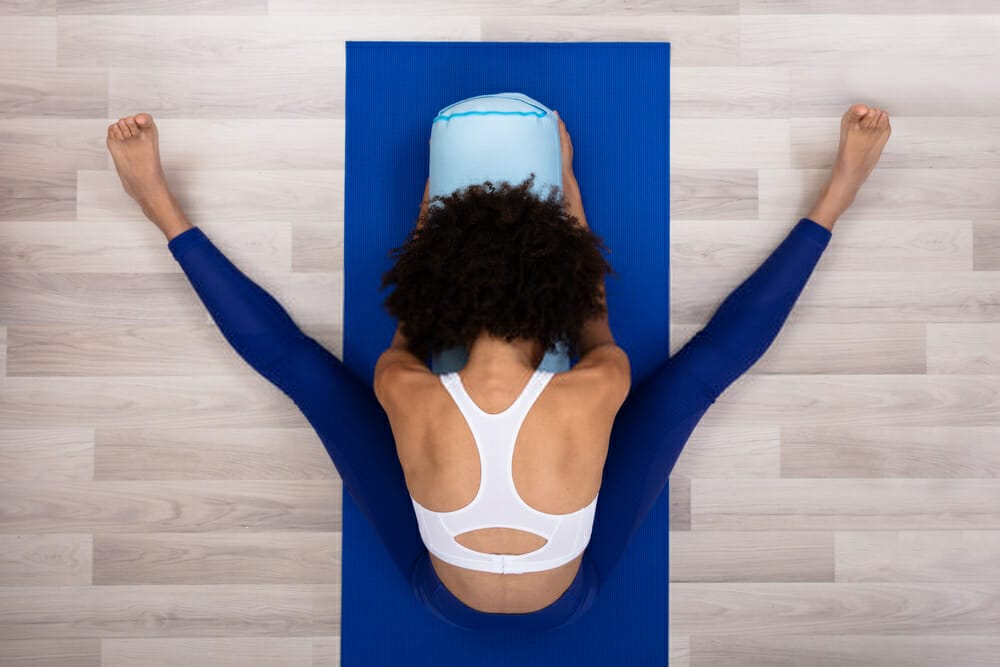
You'll see a difference between the two styles. Regular yoga uses quicker movements with straps or belts to help maintain the posture, whereas Yin Yoga uses different breathing techniques and slow movements.
There is a misconception among some people that yin yoga is pure relaxation. You still have to do a lot of stretching and focus on different body parts.
Yin yoga includes many different poses and stretches, but the main focus is on the deep stretching of long connective tissues.
It can be more difficult for beginners because yin yoga is slower than most yoga styles. Therefore, it's good to have a regular yoga practice before trying yin yoga.
Yin yoga is best suited for:
- Increasing flexibility and strength
- Maintaining the health and mobility of your joints
- Increasing your posture
- Releasing trauma and emotion held in the body’s connective tissues Bringing your negative thought patterns to your attention so you may work with and remove them
Regular yoga is best suited for:
- Making you feel good
- Helping you relax after a long day at work
- Helping you connect with your body, breath and mind
- Helping with stress, anxiety, depression and pain relief
- Stretching your body in a way that feels good to you
How to practice yin yoga
Because yin yoga is done in a non-heated space, it can be done anywhere, at any time. The idea is to hold each pose for an extended period, often two to five minutes (or even longer!). Many yin yoga poses are seated or reclined poses because they require your muscles to be completely relaxed.
For example, consider the butterfly stance, the seated forward fold, or the frog pose. Try to find calmness while in each stance. Avoid fidgeting or moving around as much as possible to properly relax into the posture.
You want to push yourself to the point where you feel a profound sensation (also known as “pleasant discomfort” in yogi parlance) that helps stretch your fascia and ligaments. You should never, however, stretch to the point of pain.
Breathing is also a crucial part of yin yoga since it provides you with something to focus on during the more complex and uncomfortable poses.
In Yin, you’ll breathe from your diaphragm, feeling your belly and ribs expand with each inhale and pulling your navel towards your spine with each exhalation.
Another helpful rule of thumb for deep breathing in a restorative yoga flow is to take twice as long on your exhales as you do on your inhales. You may also use props such as a small meditation cushion or a blanket to make breathing more comfortable.
Some poses, such as the half-moon pose and the arch, are effortless to find profound balance. You can use props such as a strap or yoga block to help you find these poses, while in others, you’ll need to focus on your breath and body position until you can feel your hips and spine come into alignment.
Who is it beneficial for?
Many of us lead fast-paced, active lifestyles, whether we’re out for a run, tearing through an Ashtanga or hot yoga class, or sweating it out on the spin bike. Yin yoga provides a calmer, more meditative complement to those rigorous exercises, helping you fill out your routines.
Yin yoga is especially beneficial for people who have injuries or chronic conditions such as arthritis or osteoporosis since it is a more restorative practice than other kinds of exercise.
In addition, because of its interior concentration, Yin can be an excellent beginning point for anyone interested in meditation. It is also the only style of yoga that can be practised lying down, often leading to deep relaxation and a feeling of total weightlessness.
The takeaway:
Yin yoga is similar to other yoga but with a different focus. To gently stretch the connective tissues surrounding your muscles and joints, Yin yoga is a slower-paced practise that takes a lot of concentration. Find a quiet space, take a few deep breaths and get ready to settle into an energizing, serene practice.
Yin yoga isn't like a sweaty, vigorous vinyasa practice. But it doesn't make it any less of a workout—give it a shot the next time you're stuck in a rut to reap the many physical and mental health advantages for yourself.
So, if you are looking for a gentle and effective way to maintain your body, Yin yoga is the best form of yoga to offer it. I hope his guide will provide you with all the answers you may have about Yin yoga.

